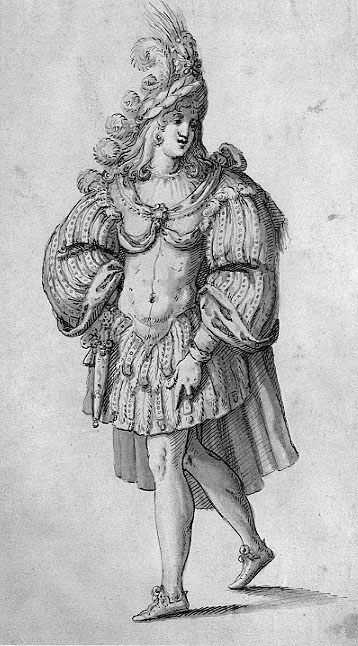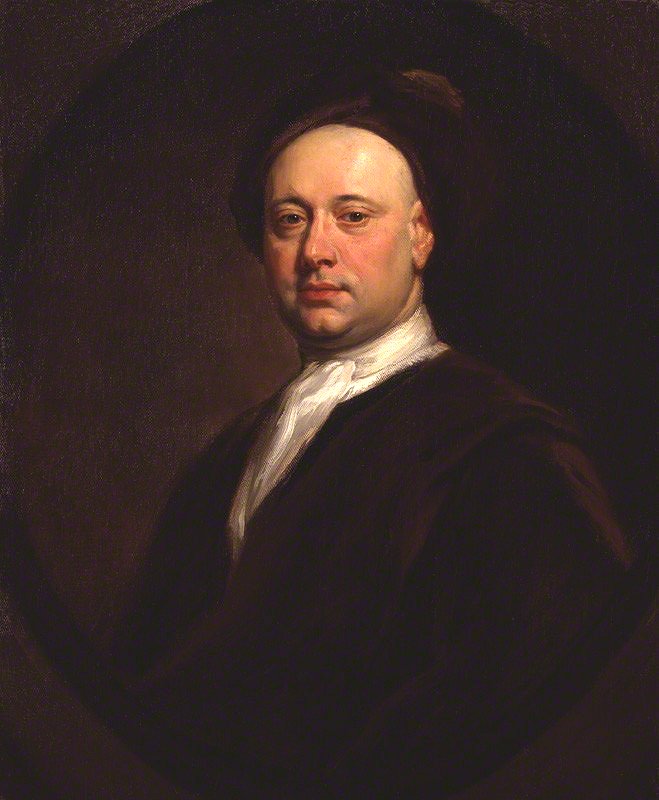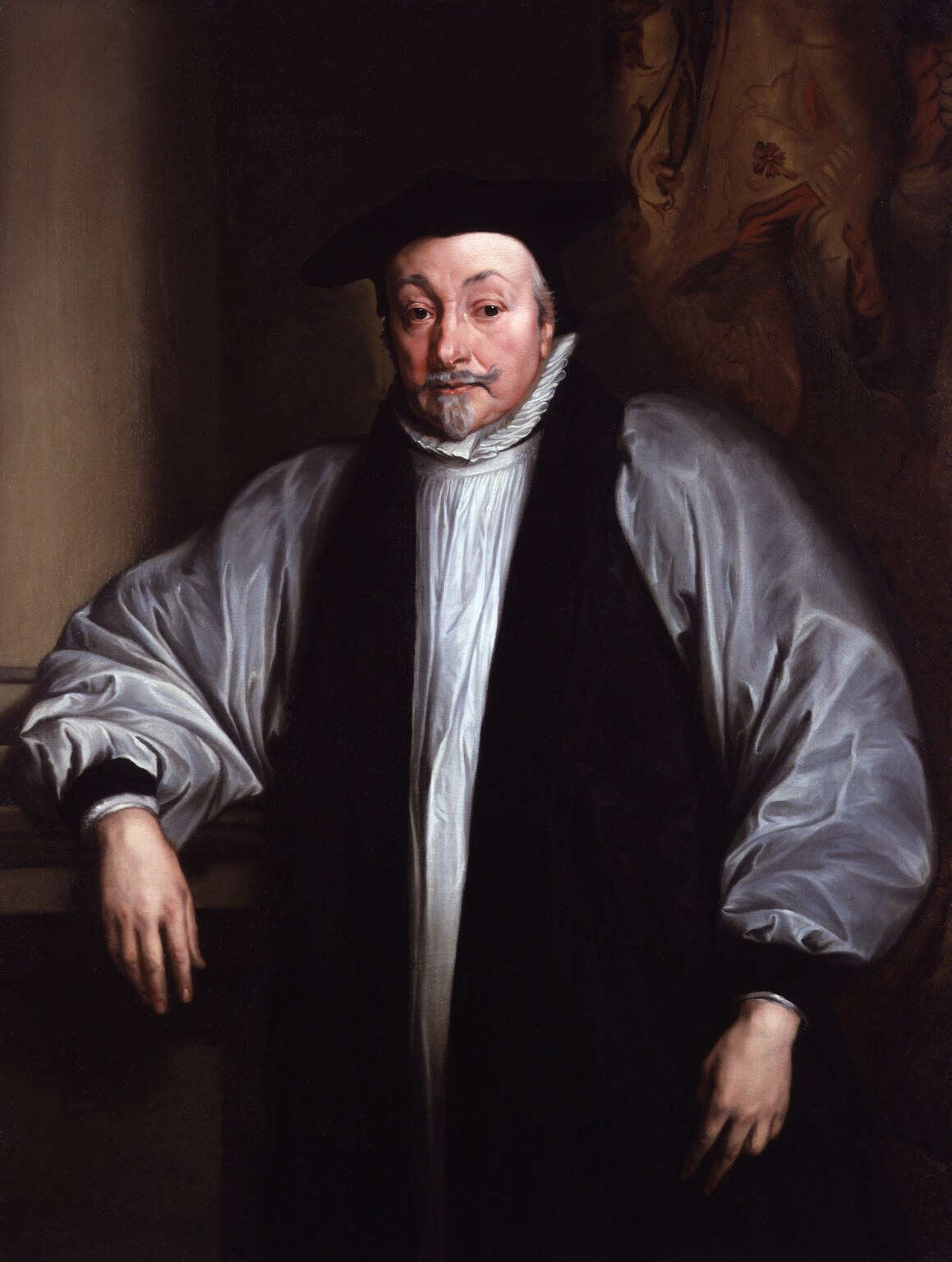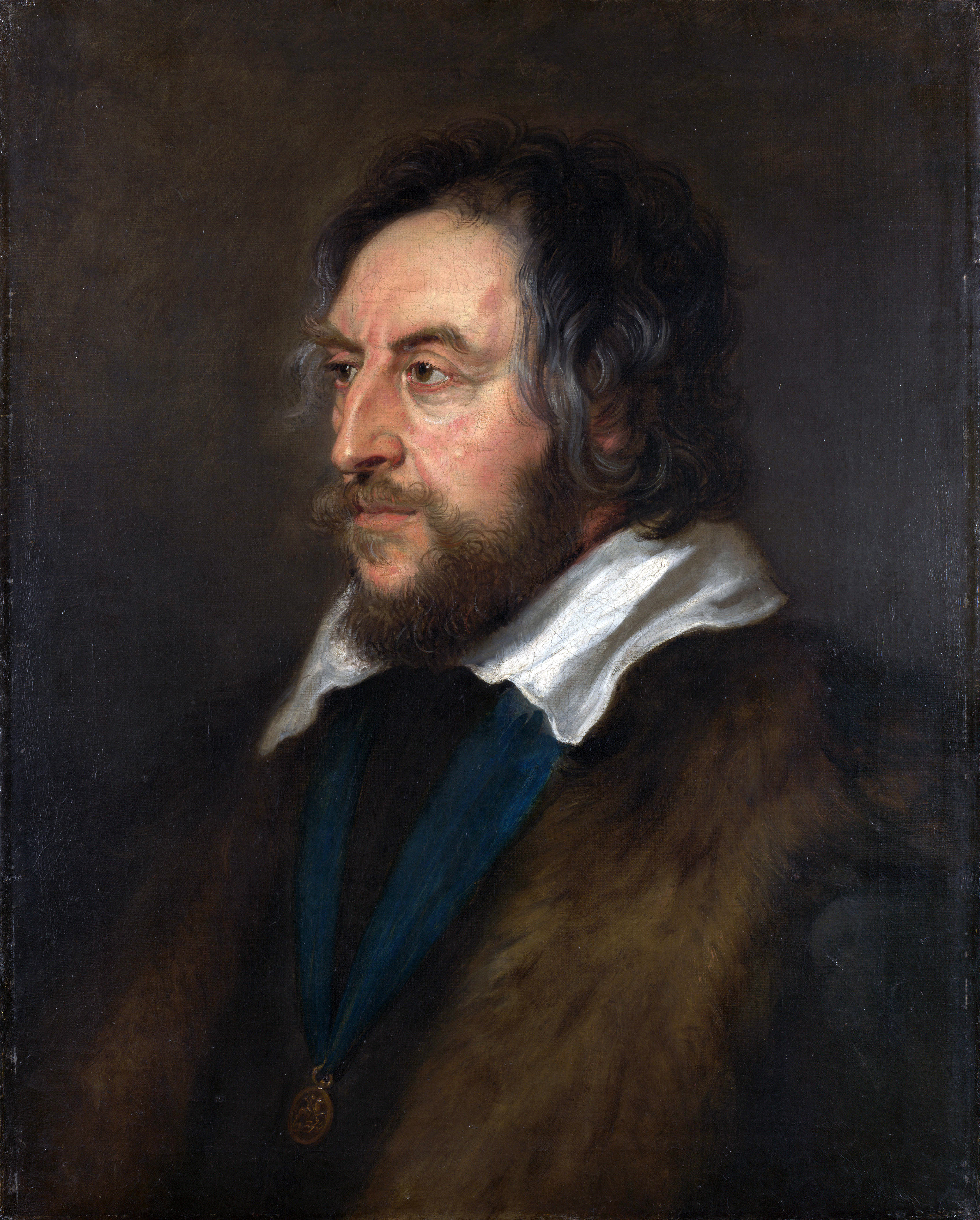|
Wenceslaus Hollar
Wenceslaus Hollar (23 July 1607 – 25 March 1677) was a prolific and accomplished Bohemian graphic artist of the 17th century, who spent much of his life in England. He is known to German speakers as ; and to Czech speakers as (). He is particularly noted for his engravings and etchings. He was born in Prague, died in London, and was buried at St Margaret's Church, Westminster. Early life After his family was ruined by the Sack of Prague in the Thirty Years' War, the young Hollar, who had been destined for the legal profession, decided to become an artist. The earliest of his works that have come down to us are dated 1625 and 1626; they are small plates, and one of them is a copy of a "Virgin and Child" by Dürer, whose influence upon Hollar's work was always great. In 1627 he was in Frankfurt where he was apprenticed to the renowned engraver Matthäus Merian. In 1630 he lived in Strasbourg, Mainz and Koblenz, where he portrayed the towns, castles, and landscapes of the Mi ... [...More Info...] [...Related Items...] OR: [Wikipedia] [Google] [Baidu] |
Jan Meyssens
Joannes (Johannes, Jan, or Jean) Meyssens (17 May 1612 – 18 September 1670) was a Flemish people, Flemish Baroque painter, engraver, and print publisher. Life He was born in Brussels, but moved to Antwerp at an early age, where he became master of the Guild of St. Luke in 1640. He married Anna Jacobs (died 1678).Joannes Meyssens at the Netherlands Institute for Art History Joannes Meyssens' son Cornelis Meyssens, Cornelis became also an engraver who later worked in Vienna. Work He had a successful business collaborating with contemporary painters and engravers, and is most notable today for his book of prints called ''Image de divers hommes d'esprit sublime qui par leur art et science devront vivre eternellement et des quels la lovange et renommée faict estonner le monde, A Anvers mis en lumiere par Iean Meyssens pei ...[...More Info...] [...Related Items...] OR: [Wikipedia] [Google] [Baidu] |
Thomas Howard, 21st Earl Of Arundel
Thomas Howard, 14th Earl of Arundel KG, (7 July 1585 – 4 October 1646) was an English magistrate, diplomat and courtier who lived during the reigns of James I and Charles I. He made his name as a Grand Tourist and art collector rather than as a politician. When he died he possessed 700 paintings, along with large collections of sculptures, books, prints, drawings, and antique jewellery. Most of his collection of marble carvings, known as the Arundel marbles, was eventually left to the University of Oxford. He is sometimes referred to as the 21st Earl of Arundel, ignoring the supposed second creation of 1289, or the 2nd Earl of Arundel, the latter numbering depending on whether one views the earldom obtained by his father as a new creation or not. He was also 2nd or 4th Earl of Surrey; and was later created 1st Earl of Norfolk (5th creation). He is also known as "the Collector Earl". Early life and restoration to titles Arundel was born in relative penury, at Finching ... [...More Info...] [...Related Items...] OR: [Wikipedia] [Google] [Baidu] |
Inigo Jones
Inigo Jones (15 July 1573 – 21 June 1652) was an English architect who was the first significant Architecture of England, architect in England in the early modern era and the first to employ Vitruvius, Vitruvian rules of proportion and symmetry in his buildings. As the most notable architect in England, Jones was the first person to introduce the classical architecture of Rome and the Italian Renaissance to England. He left his mark on London by his design of single buildings, such as the Queen's House which is the first building in England designed in a pure classical style, and the Banqueting House, Whitehall, as well as the layout for Covent Garden square which became a model for future developments in the West End. He made major contributions to Scenic design, stage design by his work as a theatrical designer for several dozen masques, most by royal command and many in collaboration with Ben Jonson. Early life and career Beyond that he was born in Smithfield, London, Smit ... [...More Info...] [...Related Items...] OR: [Wikipedia] [Google] [Baidu] |
English Civil War
The English Civil War or Great Rebellion was a series of civil wars and political machinations between Cavaliers, Royalists and Roundhead, Parliamentarians in the Kingdom of England from 1642 to 1651. Part of the wider 1639 to 1653 Wars of the Three Kingdoms, the struggle consisted of the First English Civil War and the Second English Civil War. The Anglo-Scottish war (1650–1652), Anglo-Scottish War of 1650 to 1652 is sometimes referred to as the ''Third English Civil War.'' While the conflicts in the three kingdoms of England, Kingdom of Scotland, Scotland and Kingdom of Ireland, Ireland had similarities, each had their own specific issues and objectives. The First English Civil War was fought primarily over the correct balance of power between Parliament of England, Parliament and Charles I of England, Charles I. It ended in June 1646 with Royalist defeat and the king in custody. However, victory exposed Parliamentarian divisions over the nature of the political settlemen ... [...More Info...] [...Related Items...] OR: [Wikipedia] [Google] [Baidu] |
James II Of England
James II and VII (14 October 1633 – 16 September 1701) was King of England and Monarchy of Ireland, Ireland as James II and King of Scotland as James VII from the death of his elder brother, Charles II of England, Charles II, on 6 February 1685, until he was deposed in the 1688 Glorious Revolution. The last Catholic monarch of Kingdom of England, England, Kingdom of Scotland, Scotland, and Kingdom of Ireland, Ireland, his reign is now remembered primarily for conflicts over religion. However, it also involved struggles over the principles of Absolute monarchy, absolutism and divine right of kings, with his deposition ending a century of political and civil strife by confirming the primacy of the English Parliament over the Crown. James was the second surviving son of Charles I of England and Henrietta Maria of France, and was created Duke of York at birth. He succeeded to the throne aged 51 with widespread support. The general public were reluctant to undermine the principle ... [...More Info...] [...Related Items...] OR: [Wikipedia] [Google] [Baidu] |
Shilling
The shilling is a historical coin, and the name of a unit of modern currency, currencies formerly used in the United Kingdom, Australia, New Zealand, other British Commonwealth countries and Ireland, where they were generally equivalent to 12 pence or one-twentieth of a Pound (currency), pound before being phased out during the 1960s and 1970s. Currently the shilling is used as a currency in five east African countries: Kenyan shilling, Kenya, Tanzanian shilling, Tanzania, Ugandan shilling, Uganda, Somali shilling, Somalia, and the ''de facto'' country of Somaliland shilling, Somaliland. The East African Community additionally plans to introduce an East African shilling. History The word ''shilling'' comes from Anglo-Saxon language, Anglo-Saxon phrase "Scilling", a monetary term meaning literally "twentieth of a pound", from the Proto-Germanic root :wikt:Reconstruction:Proto-Germanic/skiljaną, skiljaną meaning literally "to separate, split, divide", from :wikt:Reconstr ... [...More Info...] [...Related Items...] OR: [Wikipedia] [Google] [Baidu] |
Peter Stent
Peter Stent (c. 1613–1665) was a seventeenth-century London printseller, who from the early 1640s until his death ran one of the biggest printmaking businesses of the day. Stent originally was an engraver himself. Edward Calver wrote verses to a set of Stent's plates from 1635. He then sold works of other artists, such as John Dunstall, John Fillian, Richard Gaywood, and George Glover. He also recycled plates he had acquired, in new printings: for example of the penmanship of Martin Billingsley, by George Gifford, from Sir Robert Peake and Thomas Rowlett via Thomas Hinde. Stent died in the Great Plague of London. His business was taken over by John Overton. References *Alexander Globe (1985). ''Peter Stent, London Printseller''. University of British Columbia The University of British Columbia (UBC) is a Public university, public research university with campuses near University of British Columbia Vancouver, Vancouver and University of British Columbia Okanagan, K ... [...More Info...] [...Related Items...] OR: [Wikipedia] [Google] [Baidu] |
George Vertue
George Vertue (1684 – 24 July 1756) was an English engraver and antiquary, whose notebooks on British art of the first half of the 18th century are a valuable source for the period. Life Vertue was born in 1684 in St Martin-in-the-Fields, London, his father, perhaps a tailor, and mother are noted as "Roman Catholic". At the age of 13, he was apprenticed to a prominent heraldic engraver of French origin who became bankrupt and returned to France. Vertue worked seven years under Michael Vandergucht, before operating independently. He was amongst the first members of Godfrey Kneller's London Academy of Painting, who had employed him to engrave portraits. citing: Walpole's ''Anecdotes of Painting''; Nichols's ''Literary Anecdotes'', ii. 246; Chester's ''Westminster Abbey Reg.''; Dodd's manuscript ''Hist. of English Engravers'' in Brit. Mus. (Addit. MS. 33406). It was there that he became a pupil of Thomas Gibson, a leading portrait painter. Vertue had a deep interest in a ... [...More Info...] [...Related Items...] OR: [Wikipedia] [Google] [Baidu] |
John Greaves
John Greaves (1602 – 8 October 1652) was an English mathematician, astronomer and antiquarian. Education Educated at Balliol College, Oxford, he was elected a Fellow of Merton College in 1624. He studied Persian and Arabic, acquired a number of old books and manuscripts for archbishop William Laud (some still in Merton College Library), and wrote a treatise (in Latin) on the Persian language. He travelled in Italy and the Levant from 1636 to 1640 and made a survey of the Great Pyramid of Giza. He was Gresham Professor of Geometry at Gresham College, London, and Savilian professor of astronomy at Oxford University, and collected astrolabes and astronomical measuring devices (now in the Museum of the History of Science, Oxford). He was particularly interested in the study of weights and measures, and wrote a treatise on the Roman foot and denarius, and was a keen numismatist. In 1645 he attempted a reform of the Julian calendar, which was not adopted. During the Engli ... [...More Info...] [...Related Items...] OR: [Wikipedia] [Google] [Baidu] |
Alethea Howard, Countess Of Arundel
Alethea Howard, 14th Baroness Talbot, 17th Baroness Strange of Blackmere, 13th Baroness Furnivall, Countess of Arundel (1585 – ), née Lady Alethea Talbot (pronounced "Al-EE-thia"), was a famous patron and art collector, and one of England's first published female scientists. She was the wife of Thomas Howard, 21st Earl of Arundel with whom she built one of the most important art collections in 17th-century England. She was the youngest daughter of Gilbert Talbot, 7th Earl of Shrewsbury and his wife Mary Cavendish; and the sister of two other countesses: Mary Herbert, Countess of Pembroke and Elizabeth Grey, Countess of Kent. Marriage and issue Lady Alethea Talbot was born in Sheffield, Yorkshire in 1585. In September 1606, she married the courtier Thomas Howard. They had 7 children; their first son died as a youth aged 17; three died in infancy: * James Howard, Baron Maltravers (1607–1624), James VI and I and Anne of Denmark were his godparents. * Henry Frederick Howar ... [...More Info...] [...Related Items...] OR: [Wikipedia] [Google] [Baidu] |
Cornelius Schut
Cornelis Schut (13 May 1597 – 29 April 1655) was a Flemish painter, draughtsman, engraver and tapestry designer who specialized in religious and mythological scenes. Presumed to have trained under Rubens, he treated Counter-Reformation subjects in a High-Baroque style. After a stay in Italy, he worked mainly in Antwerp where he was one of the leading history painters in the first half of the 17th century., in Hoogsteder & Hoogsteder, 11 May 2010 Life Cornelis Schut was born in Antwerp in the Duchy of Brabant as the son of Willem Schut and Suzanna Schernilla. There are no records about his artistic training. He is first mentioned as a pupil of Peter Paul Rubens by the 18th century historian Jacob Campo Weyerman. Although the scientific relevance of Weyerman's sources is questioned, it is still assumed that Schut was a pupil of Rubens since Rubens was exempted from registering his pupils with the Antwerp Guild of St Luke. Because Schut's early works are closer to the ... [...More Info...] [...Related Items...] OR: [Wikipedia] [Google] [Baidu] |
Hendrik Van Der Borcht
Hendrik van der Borcht the Elder or Hendrick van der Borcht the Elder (1583 - 26 July 1651Borcht, Hendrik (I) van der at the Netherlands Institute for Art History ) was a Flemish-German engraver and painter of portraits, still lifes of antiquities, flowers and fruit and landscapes. He was also an eminent antiquarian. He was mainly active in Germany to which his family had emigrated for religious reasons.Hendrick van der Borcht d.Ä.(I) at site of Frankenthal Life Hendrik van der Borcht was born in Brussels (city), Brussels as the son of Hen ...[...More Info...] [...Related Items...] OR: [Wikipedia] [Google] [Baidu] |









